Genres in 17th century painting
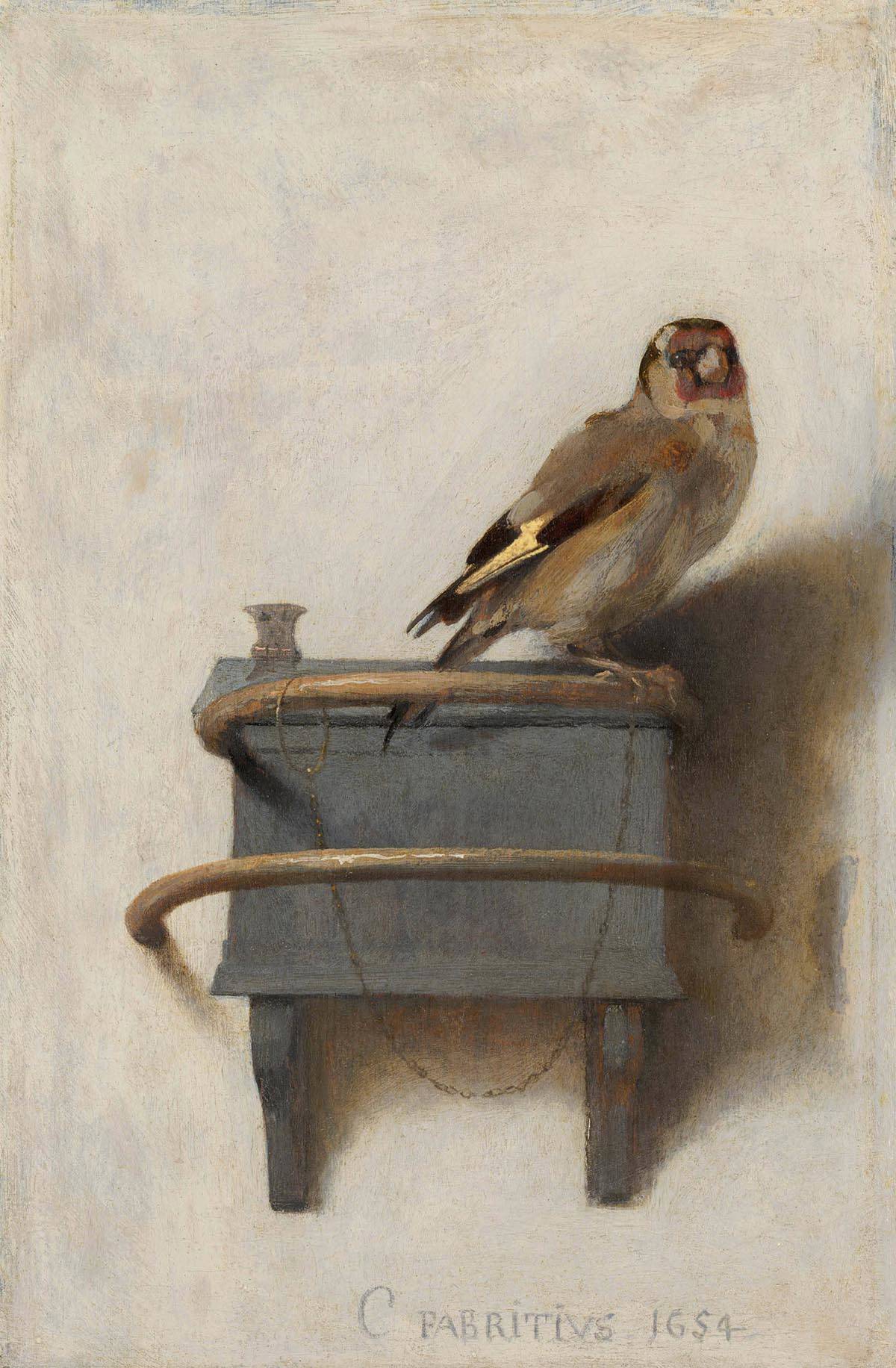
When you classify paintings according to subject or theme, you call it a genre. In the case of paintings from the 17th century, there are five: still lifes, landscapes (including seascapes), history paintings, genre paintings and portraits. Is a painting about an important moment in history, a myth or Bible story? Then it is a history painting. Does it portray all kinds of objects, but no people? Then, it is probably a still life. It sounds logical, but genre has not always been a fixed way of classifying paintings. And there are all kinds of hybrid forms.
The first genres
Even in Antiquity (750 BC to 500 AD), art was classified according to subject matter, but this was more of a loose collection of themes. In the Middle Ages (from the 5th to the 15th centuries), paintings were almost always religious, such as altarpieces and icons, so there was no need to make many distinctions. That changed during the Renaissance (between the 14th and 16th centuries), when artists began to study the world around them more closely, partly due to a renewed interest in classical Antiquity. What’s more, the rise of humanism meant that people became more interested in human emotions and nature. The invention of printing and the growth of trade and cities meant that the demand for art grew, and artists could develop. This gradually led to the emergence of the first genres in painting.
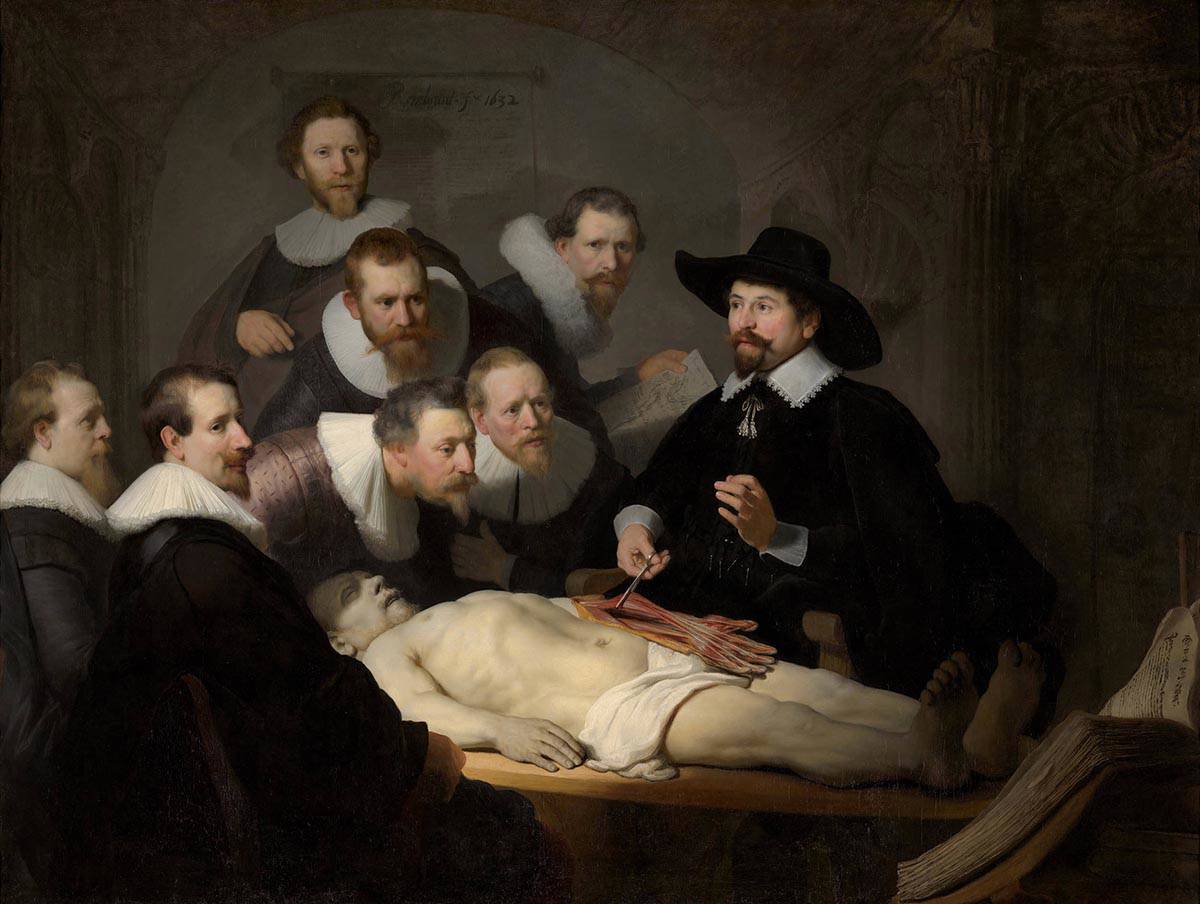
The 17th century in the Netherlands
In the 17th century, the Netherlands prospered. Trade, shipping, and colonisation brought enormous wealth. More and more people could afford to buy art – not just the aristocracy, but wealthy citizens, too. The latter was a unique situation and led to the emergence of new genres in painting. Everyday scenes, portraits, still lifes and landscapes were increasingly in demand. The ‘ordinary’ things that, until then, had been tucked away in the background or were only there as decoration. Paintings about history and religion became smaller, so that buyers could present them in their homes.
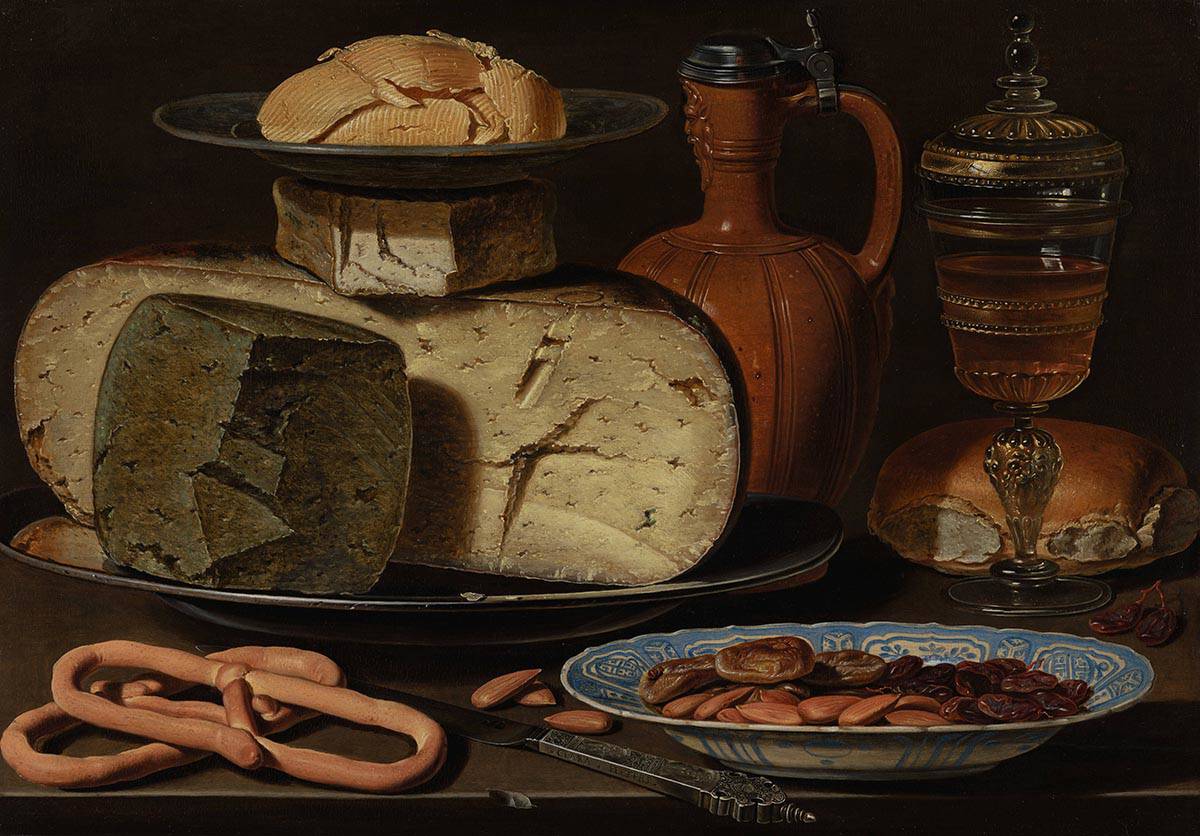
Hierarchy in painting
As demand increased, painters began to specialise and improve their techniques. A hierarchy arose in painting. Some genres were considered more important and challenging than others. History painting was considered the most important genre. After all, it relied on more than technical perfection; it also required extensive knowledge and a fertile imagination. The painter had to capture the story’s most compelling moment, with all the appropriate details and symbolism. Genre paintings ranked second, with scenes of everyday life, followed by landscapes, seascapes, still lifes and, last of all, portraits.
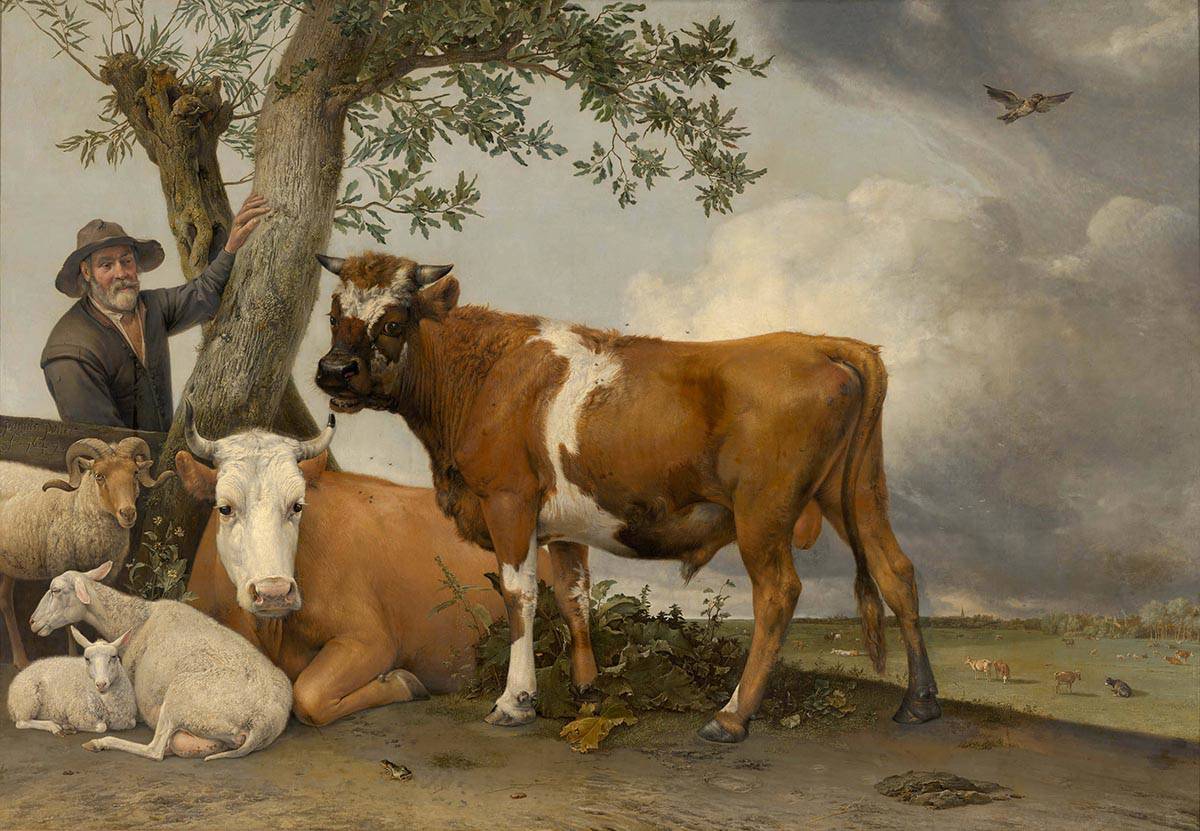
Still lifes and landscapes
This is the painting Kitchen Scene with Christ at Emmaus by Joachim Beuckelaer. Your eye is instantly drawn to the table overflowing with ingredients for a meal. In the background, in the right-hand corner, if you look closely, you can see the biblical story of Christ at Emmaus. It is striking that the emphasis seems to be on the dinner preparations, when your attention should really be focused on the biblical scene. The artist clearly did his best to render every detail flawlessly. This work is considered a forerunner of the 17th century still lifes, in which the Bible story is omitted.
This development was also seen in landscapes. Where trees, mountains, castles and meandering rivers had originally served as a backdrop to biblical narratives, landscapes became a popular, independent genre in the 17th century. The sea also got its moment in the spotlight. And no wonder, because back then the Netherlands was an ocean-going nation and the sea was everywhere. Seascapes showed not only the beauty of the sea, but also how dangerous and unpredictable it can be.
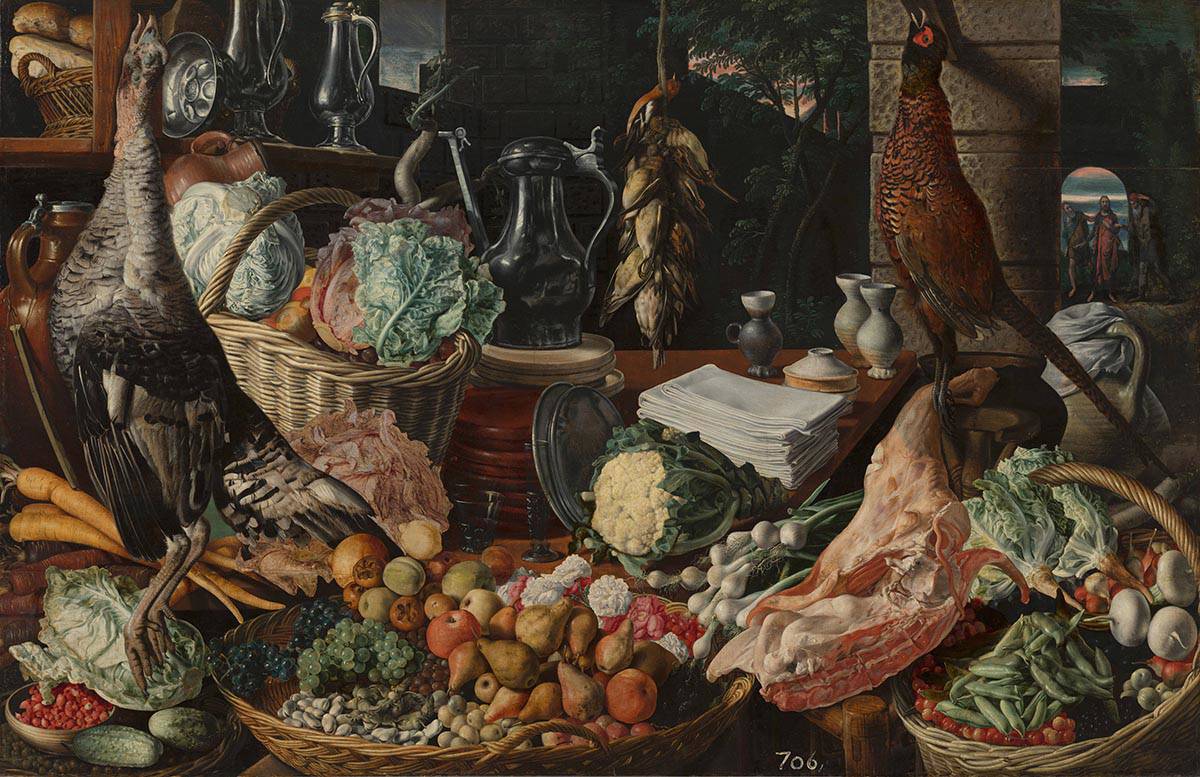
Portraits
From the Renaissance onward, people liked to have portraits made of themselves, their business associates, or their family. An excellent example is Portrait of Robert Cheseman by the German painter Hans Holbein the Younger, famous for his detailed and realistic technique. The painting, made in England, shows the astonishing detail with which he painted the beautifully depicted falcon with its coloured plumage. Holbein was also skilled in painting fabrics – look at how the light glimmers on the satin sleeves, and the realistic texture of the fur collar. In the Netherlands, painters like Michiel van Mierevelt, Frans Hals, and Rembrandt revolutionised the art of portrait painting. They brought more emotion and character into their paintings, making their sitters look lifelike.
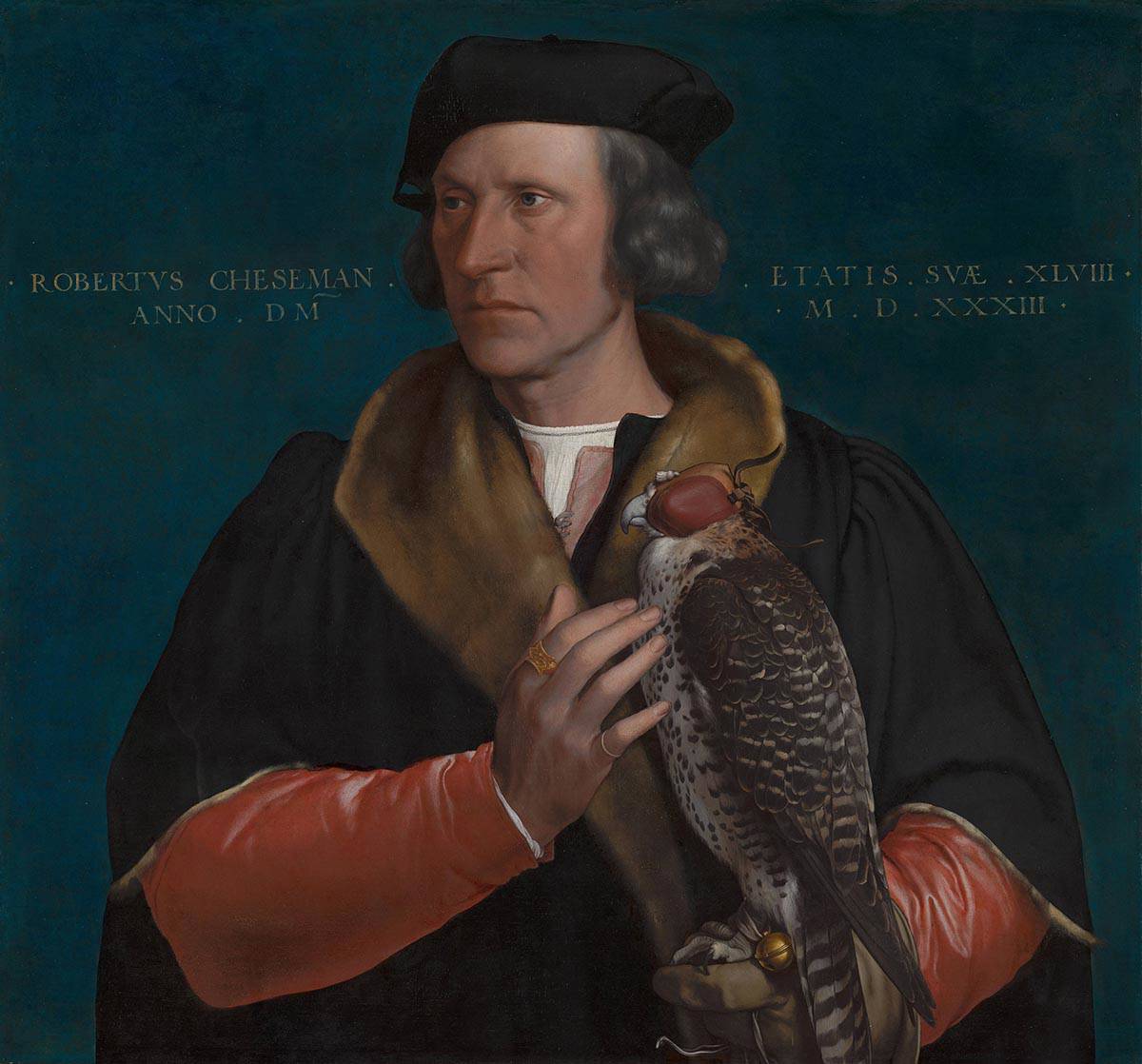
Genre painting
17th-century artists began to paint subjects that until then had not featured in paintings. Jan Steen, Gerard ter Borch and Johannes Vermeer were some of the important painters who specialised in this genre. They painted scenes of daily life with a wealth of detail: people in living rooms, kitchens, taverns and at markets. It wasn’t until later that these kinds of scenes were called genre paintings. They were hugely popular. Not just because they were fun to look at, but because they often held a deeper meaning.
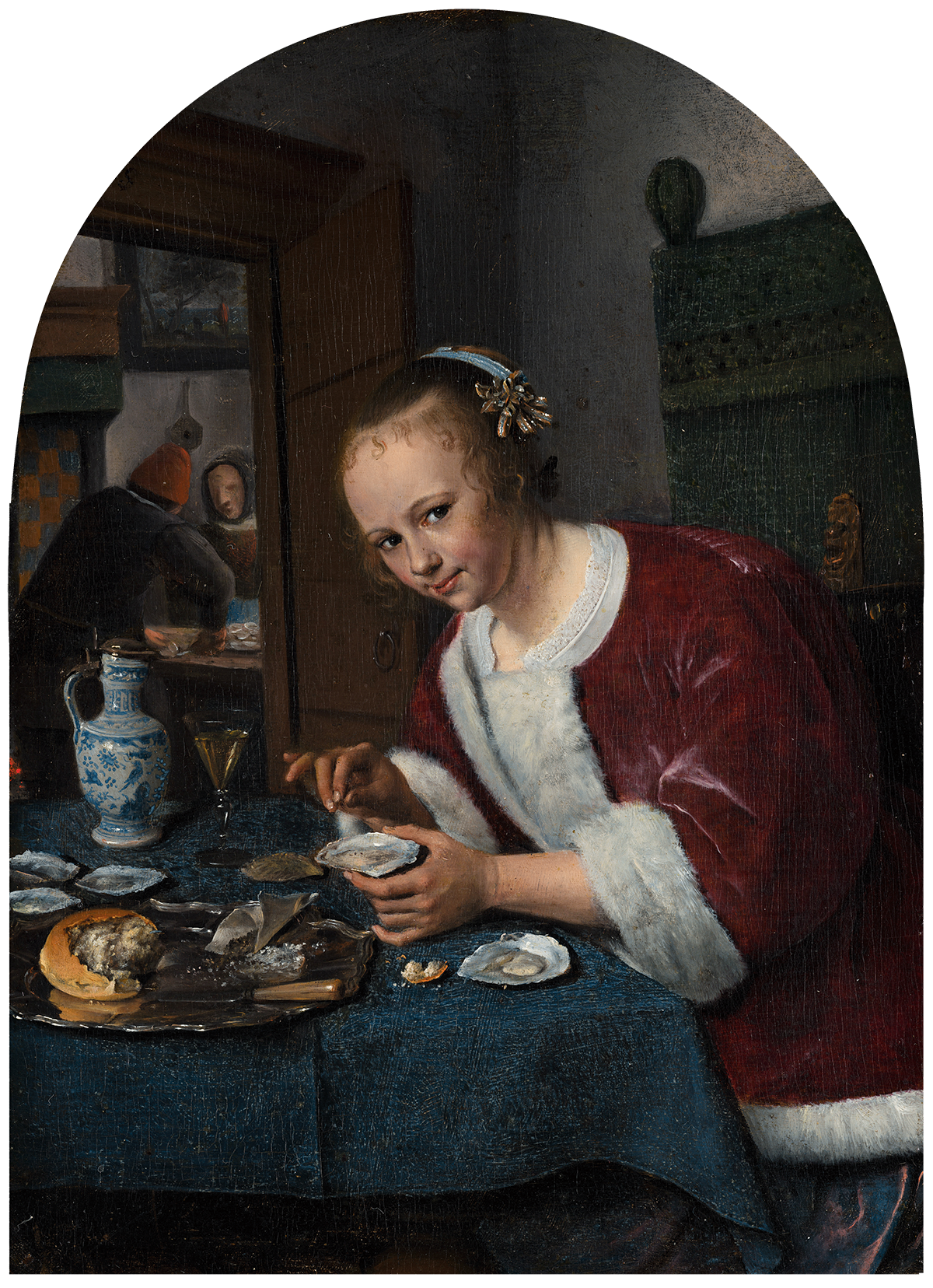
The masters
Painting flourished thanks to all these developments, with world-famous works by Dutch masters such as Johannes Vermeer, Rembrandt van Rijn, Frans Hals, Rachel Ruysch, Jan Steen and many others.






